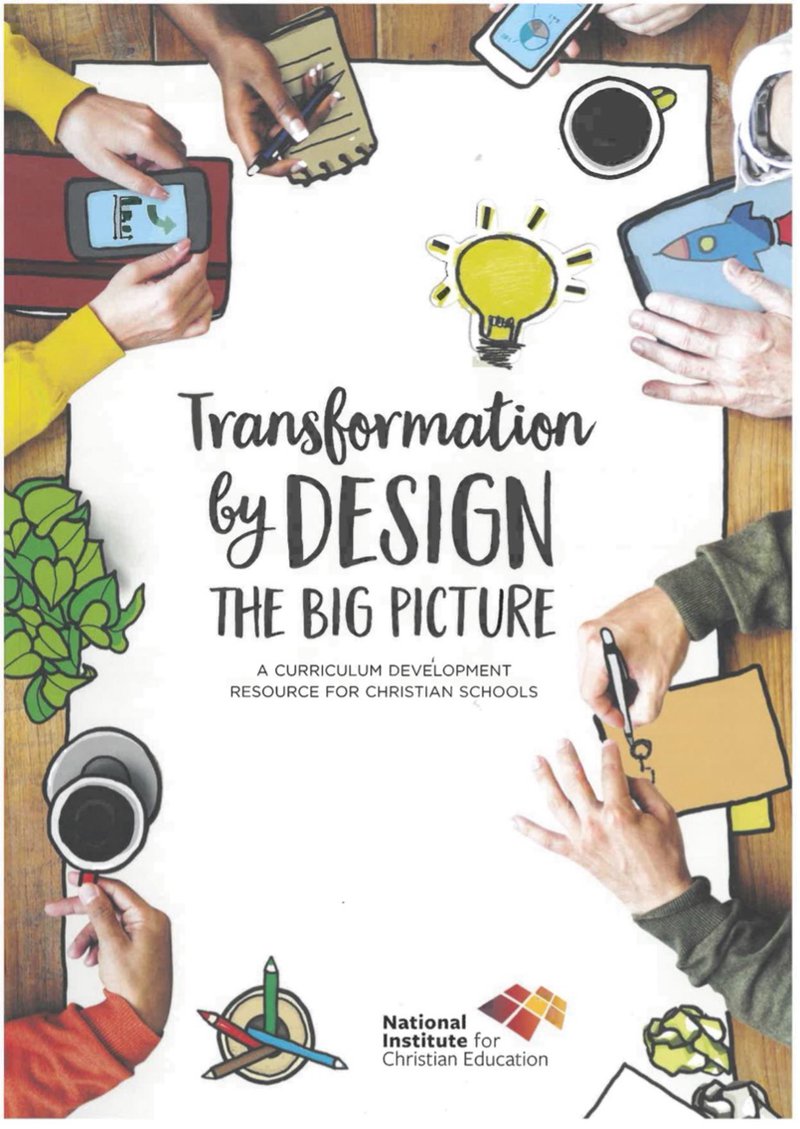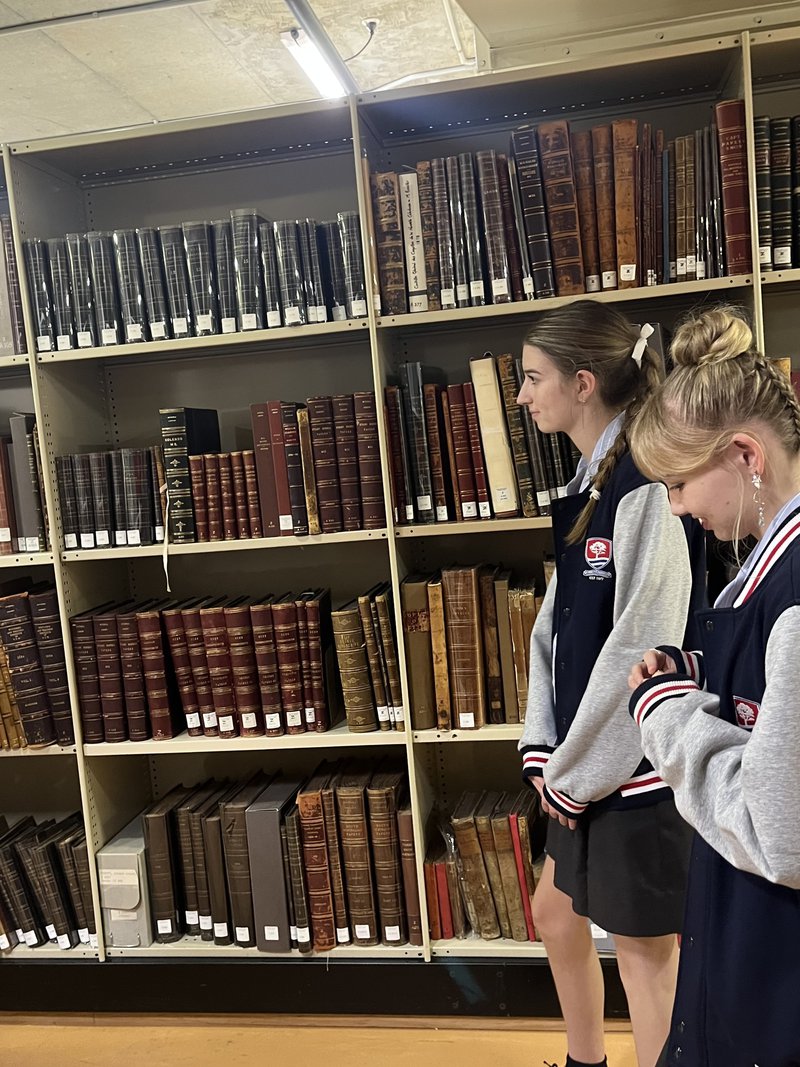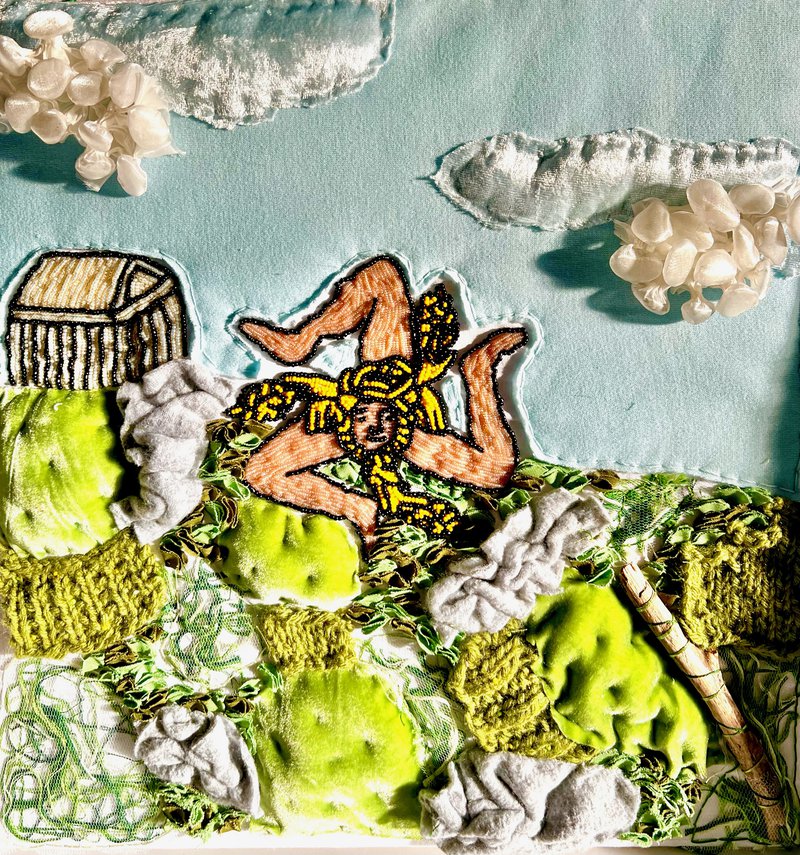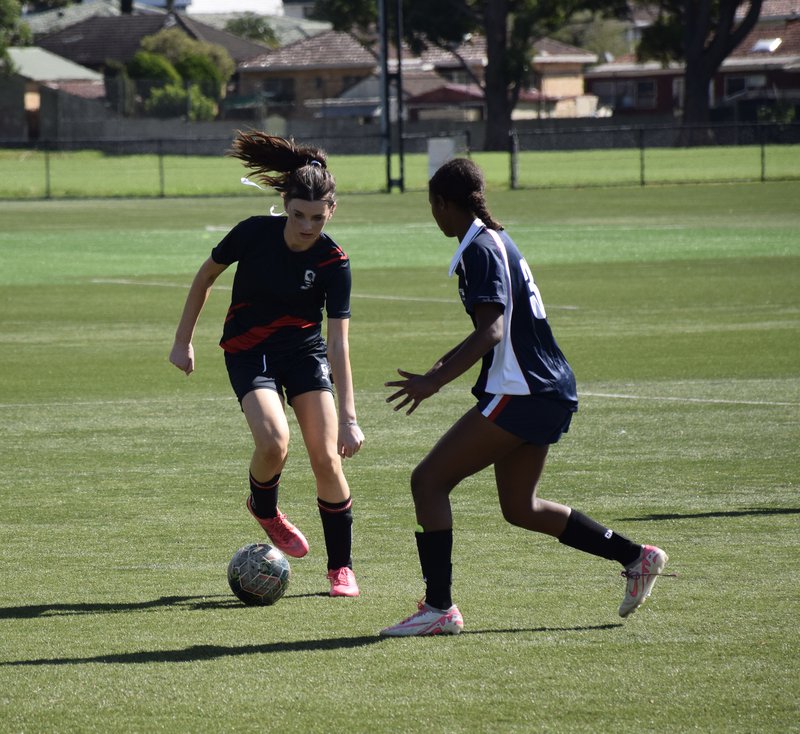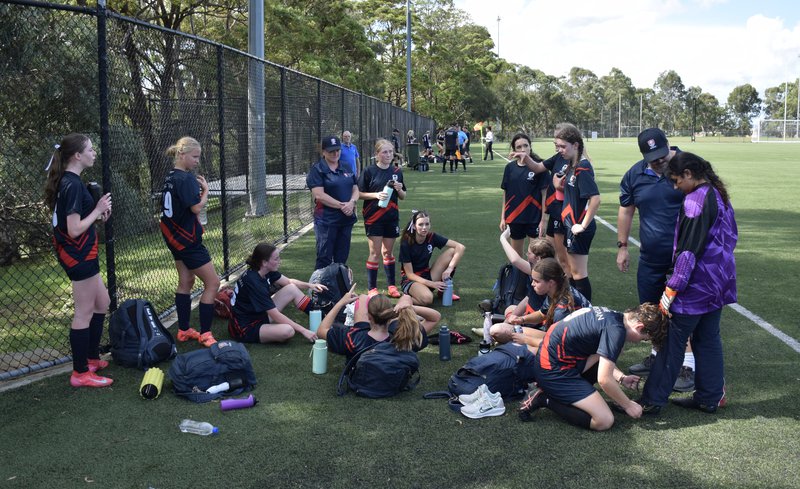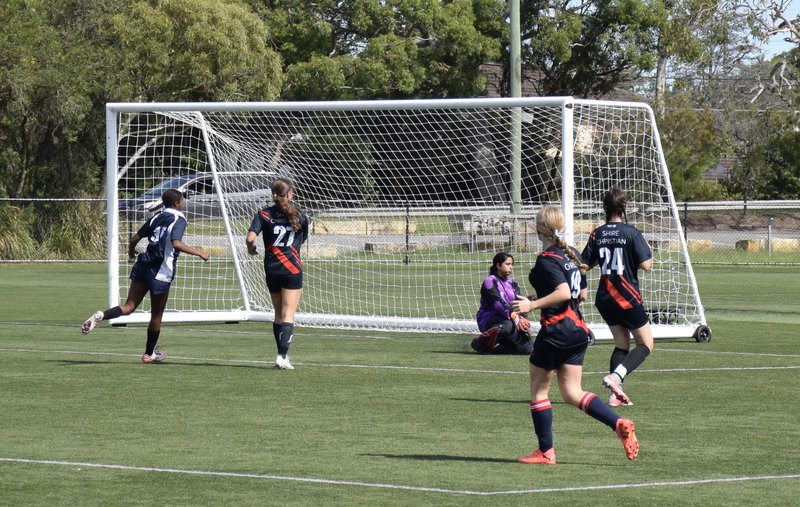
In a previous article, I spoke of the long-held commitment in parent-governed schools like ours to embed a Biblical worldview (or Christian perspective) across the whole curriculum.
One helpful resource in this mission has been the Transformation by Design books (TBD)[1] produced by Christian Education National, of which we are a member. The books contain numerous approaches and ways of thinking, but a helpful starting scaffold given is the CFRR Schema, representing the Biblical story of Creation, Fall, Redemption, and Renewal.
To quote the resource:
These four words together capture the overall biblical narrative, that the world was created good and to be enjoyed, that all aspects of life and the world are now affected by sin and alienation, and that God is restoring everything in Christ, leading to the full expression of the Kingdom in the new creation.
In embedding a Biblical lens into our curriculum and pedagogy (educator jargon for teaching practices), we look at our unit of work, its themes, topics and history, and pose ourselves a number of stimulus questions under the four parts of CFRR. For example:
CREATION: God has created all things. Here the focus is on what God intended things to be like, the way it ought to have been.
- what is God’s created intention for (this area)?
- because God is the creator of the universe and all that is in it, think about the topic for your unit.
- why did God create (this area)?
- what form did it take in the beginning?
- what is God’s purpose for (this area)?
- how have humans been involved in this creation?
FALL: All things have fallen as a result of sin. The widespread effects of sin are obvious but God is still faithful and promises liberation from this bondage to decay.
- how has sin distorted God’s intention for (this area)?
- considering the fall and that the whole creation has fallen and that humans have messed up God’s plan (distortion and rebellion) for this area of study, think about the topic for your unit.
- what has humankind done, or what have we done, to mess up, distort and misuse (this area)?
- how do the consequences of sinful rebellion in this area contrast with God’s original intention?
REDEMPTION: Christ came to earth to redeem all things. Now, as redeemed people, we look forward towards, and participate in, the restoration of the whole creation.
- what has the cross achieved in confronting brokenness (in this area)?
- considering that Christ’s act of redemption laid the foundation for the restoration of creation, think about the topic for your unit.
- how has Christ redeemed (this area)?
- how has the cross brought new life to our understanding of this part of God’s creation?
RENEWAL: In response to Christ’s redemption we are called to work in partnership with God’s so all things are renewed.
- how do God’s people express their desire to be Christ’s hands and feet in bringing renewal to (this area)?
- considering that we can partner in God’s renewal plan, think about the topic for your unit.
- because we know Christ, what hope for this topic can we experience now?
- being conscious of God’s original purpose/ design for this area, what actions can we take to help renew (this area)?
- what does an obedient response to (this area) look like?
- how does the coming restoration of all things affect the way we think about (this area)?
This is just one of many approaches available to Christian teachers. It works better for some areas than others, but it is a great starting point, particularly for teachers new to Christian education who have never been asked to think this way in their previous schools. Every teacher who joins our staff is given a copy of this resource, and our faculty and curriculum leaders work and support our teachers in keeping Christ at the centre of how we teach at Shire Christian School. It is a founding principle of our school that, echoing Abraham Kuyper again, every “square inch” of creation is under the sovereign lordship of Christ.
Mr David Stonestreet
Principal


